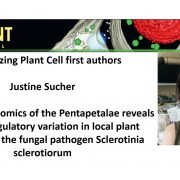
Recognizing Plant Cell authors: Justine Sucher
Justine Sucher, first author of Phylotranscriptomics of the Pentapetalae reveals frequent regulatory variation in local plant responses to the fungal pathogen Sclerotinia sclerotiorum
Current Position: Post-doctoral Fellow in Syngenta
Education: PhD in molecular biology at UZH (Zürich University),…
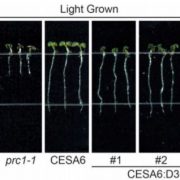
Another Brick in the Plant Cell Wall: Characterization of Arabidopsis CSLD3 Function in Cell Wall Synthesis
Plant cell walls are one of the great engineering feats of nature, providing immense structural strength and durability. The core components of plant cell walls (pectin, hemicellulose, and cellulose) can occur in different proportions and vary in their structure and assembly, thus allowing cell walls…
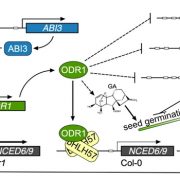
A new player links ABA biosynthesis and signaling with seed dormancy
Liu et al. identify new connections between known regulators of seed dormancy, acting through modulation of ABA biosynthesis and signaling. The Plant Cell (2020) https://doi.org/10.1105/tpc.20.00026
By Fei Liu and Yong Xiang, Shenzhen Branch, Guangdong Laboratory for Lingnan Modern Agriculture, Genome…
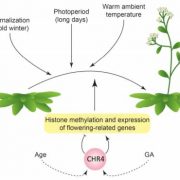
Remodeling Flowering: CHROMATIN REMODELING 4 Promotes the Floral Transition
Plants that fail to flower at the right time will lose out on seed production. Hence, the transition from vegetative growth to the reproductive phase depends strongly on environmental signals. Cold winter temperatures and long days are seasonal cues that stimulate flowering through vernalization and…
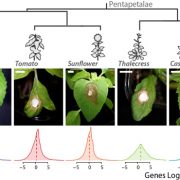
Breaking the Mold: Transcriptome Analysis of Quantitative Disease Resistance to a Fungal Pathogen
Sucher et al. reveal that regulatory divergence of conserved genes makes a major contribution during the response of Pentapetalae plants to a fungal pathogen. Plant Cell. https://doi.org/10.1105/tpc.19.00806
Background:
Necrotrophic plant pathogens actively kill host cells to cause disease. This…
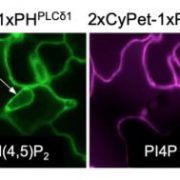
Good Fats, Bad Fats: Phosphoinositide Species Differentially Localize to Plant-Pathogen Interfaces and Influence Disease Progression
Many filamentous pathogens invade living plant cells with specialized intracellular infection structures (haustoria) that promote microbial growth. Cytological studies demonstrate that the haustoria of fungal and oomycete pathogens are separated from host cell cytoplasm by a highly differentiated and…
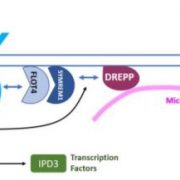
DREPP in Nanodomains Regulates Microtubule Fragmentation during Symbiotic Infection
In the legume-rhizobium root nodule, nitrogen fixing rhizobia are accommodated inside plant cells. In the Medicago – Sinorhizobium model system, the internalization of rhizobia into the host plant is triggered by Nod factors secreted from the symbiotic bacteria. The signals are perceived by the host…

Recognizing Plant Cell authors: Xixi Zhang
Xixi Zhang, first author of Arabidopsis Flippases Cooperate with ARF GTPase Exchange Factors to Regulate the Trafficking and Polarity of PIN Auxin Transporters
Current Position: Predoctoral visiting scientist in Prof. Jiří Friml’s lab at Institute of Science and Technology, Austria (IST Austria);…
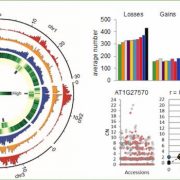
Copy Number Variations in the Arabidopsis Genome
Żmieńko et al. generate a catalog of large copy number variations in Arabidopsis, shedding light on the genetic basis of phenotypic variation. Plant Cell https://doi.org/10.1105/tpc.19.00640
By Agnieszka Żmieńko and Marek Figlerowicz, Institute of Bioorganic Chemistry, Polish Academy of Sciences,…

